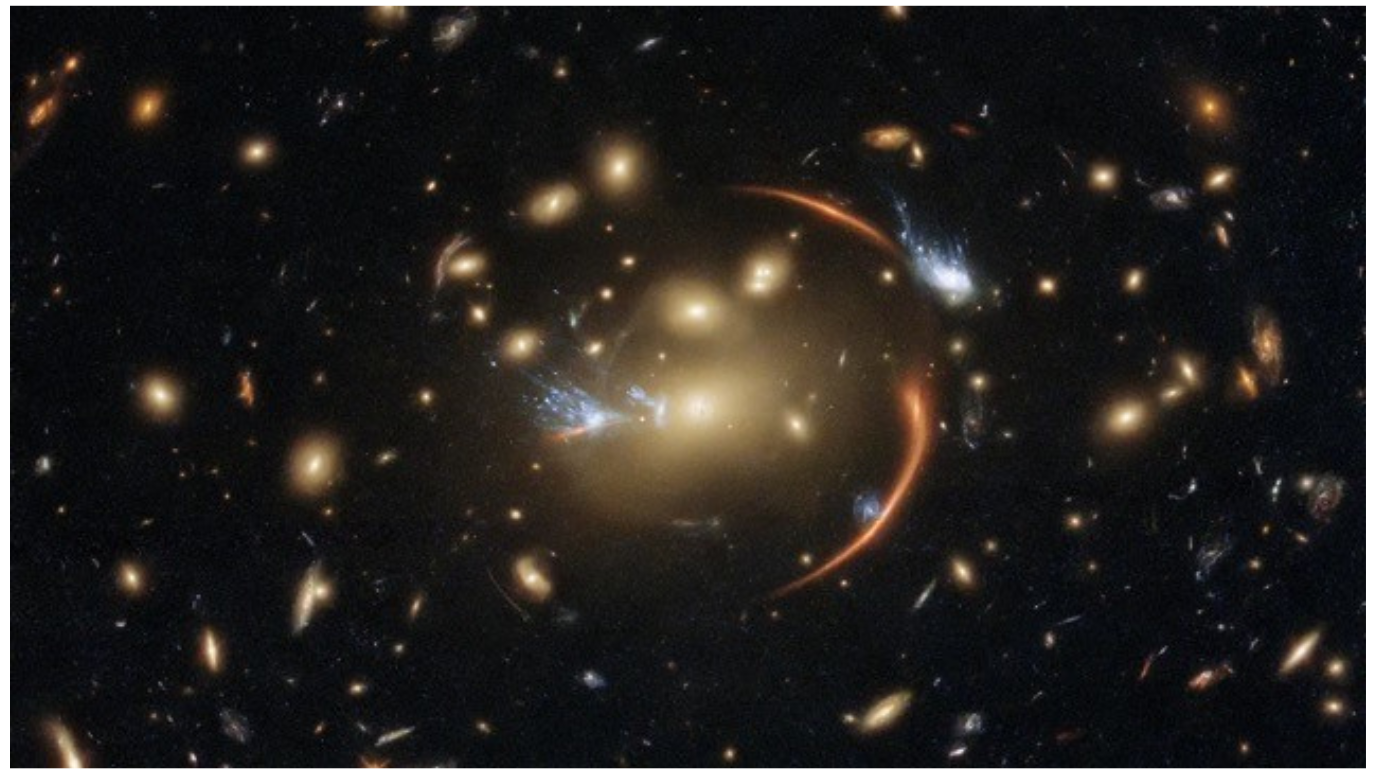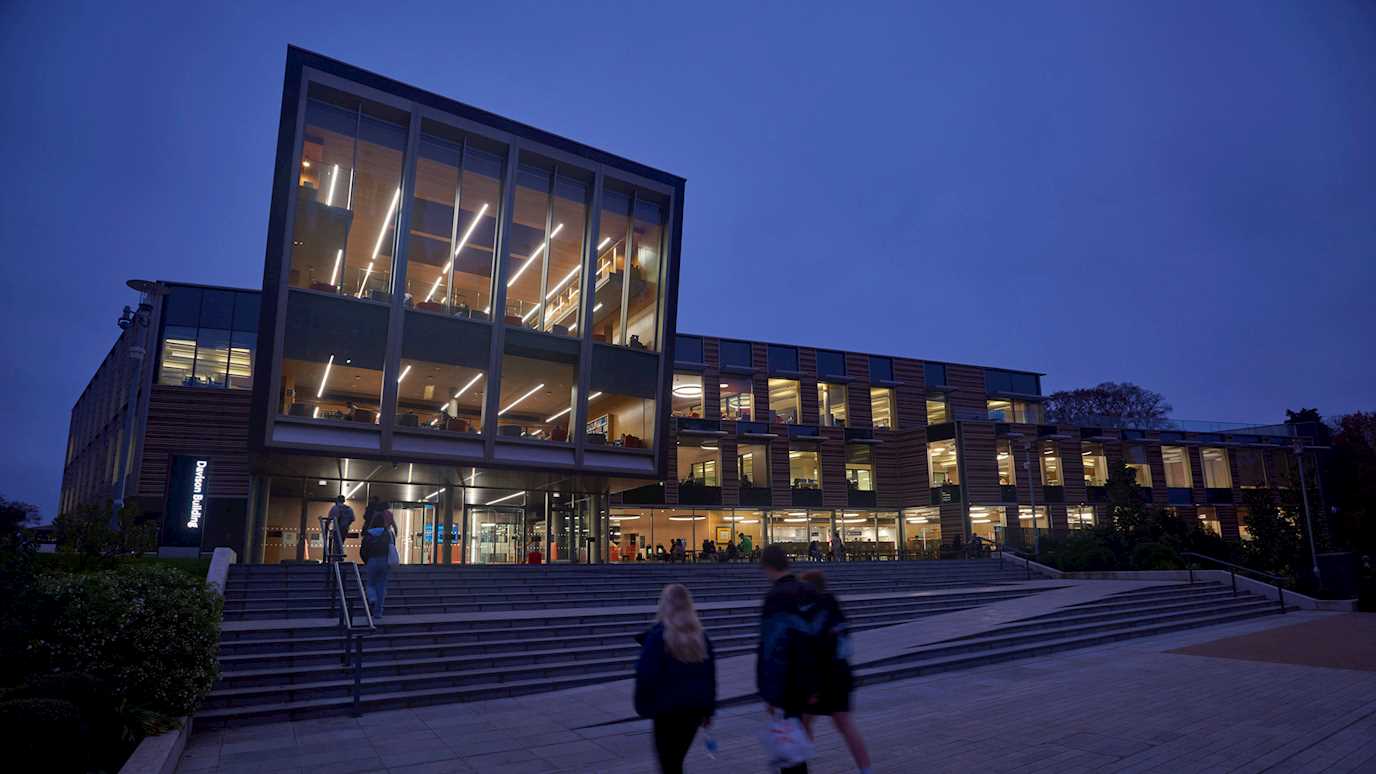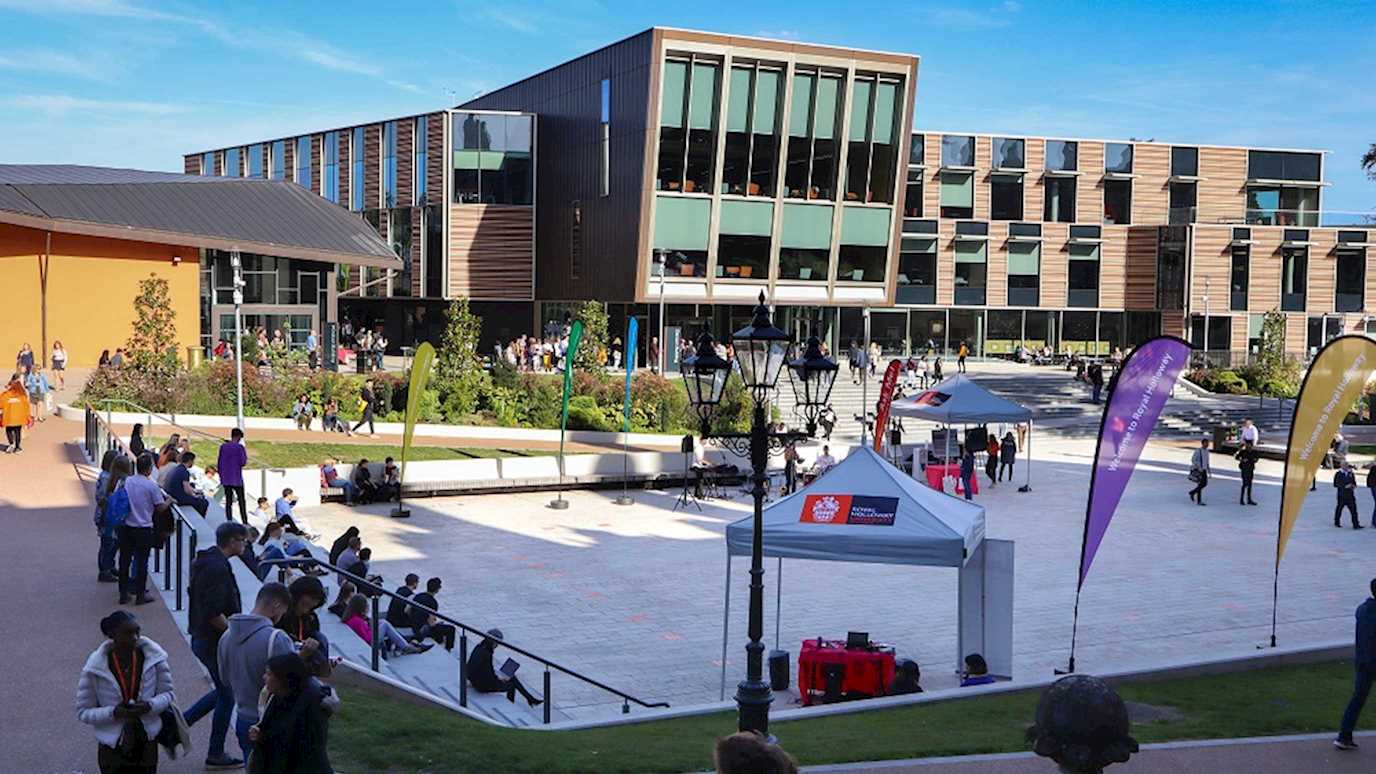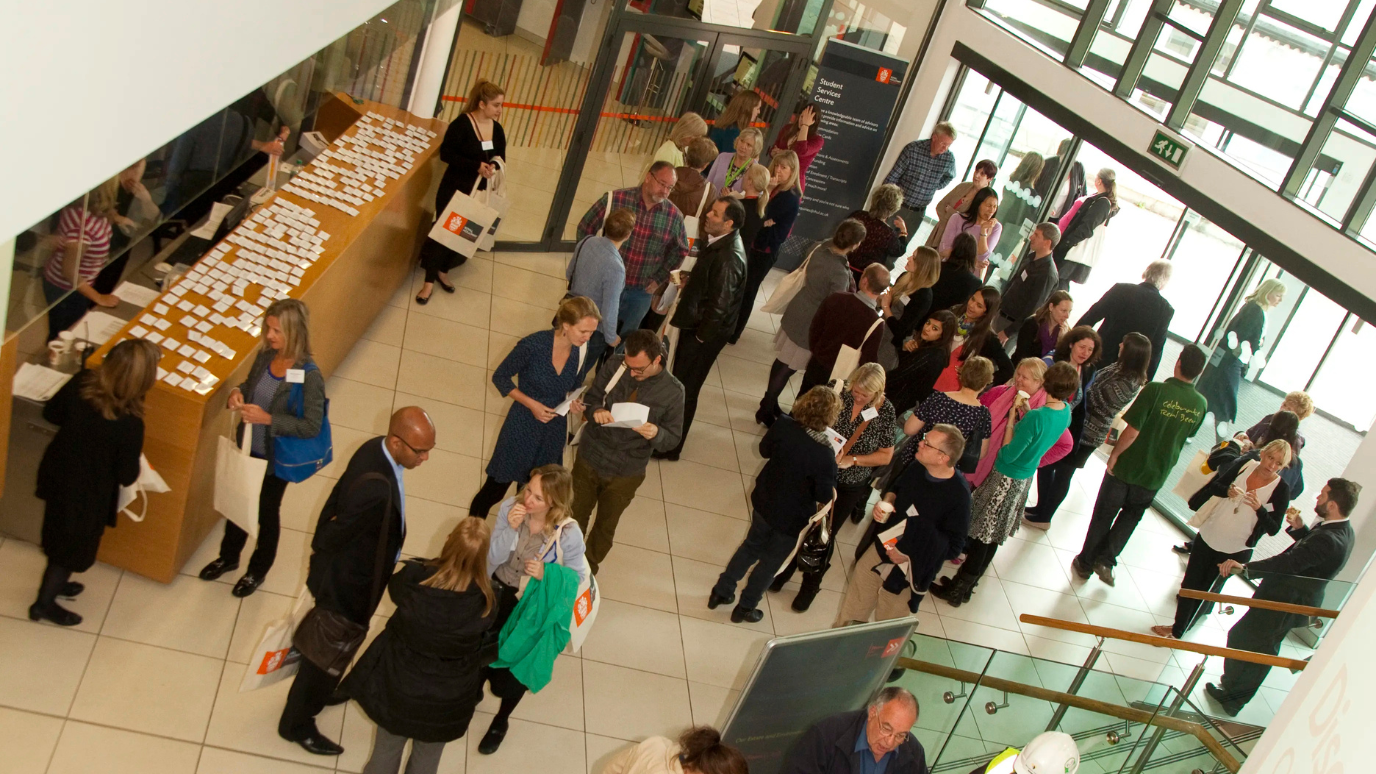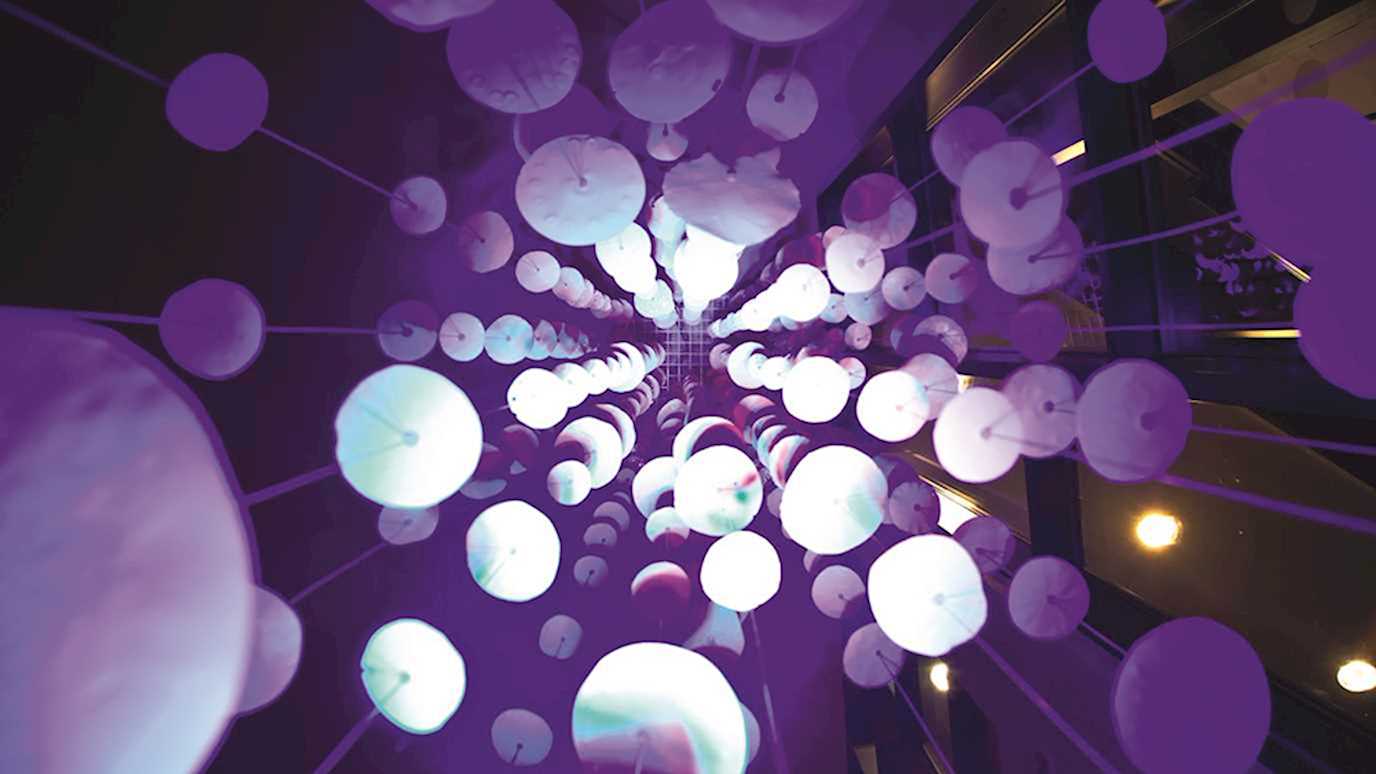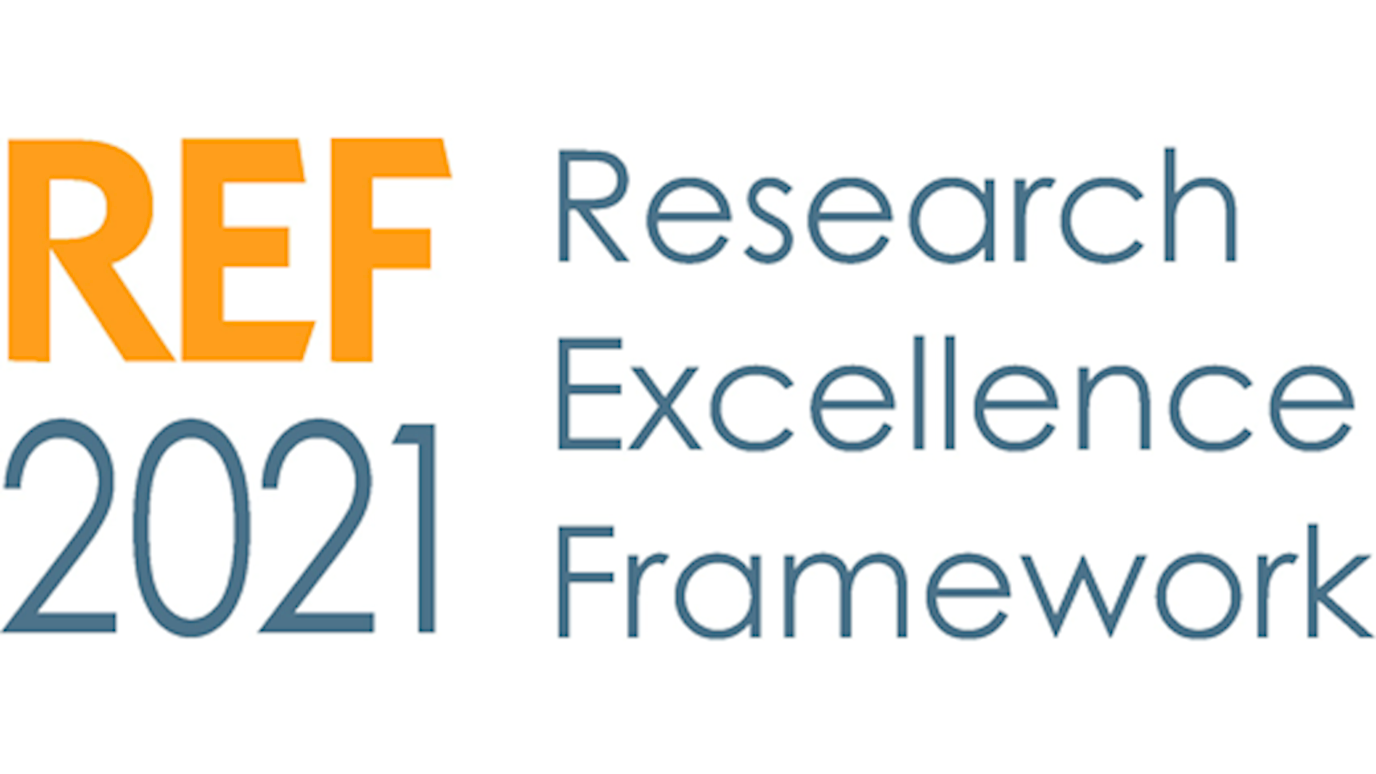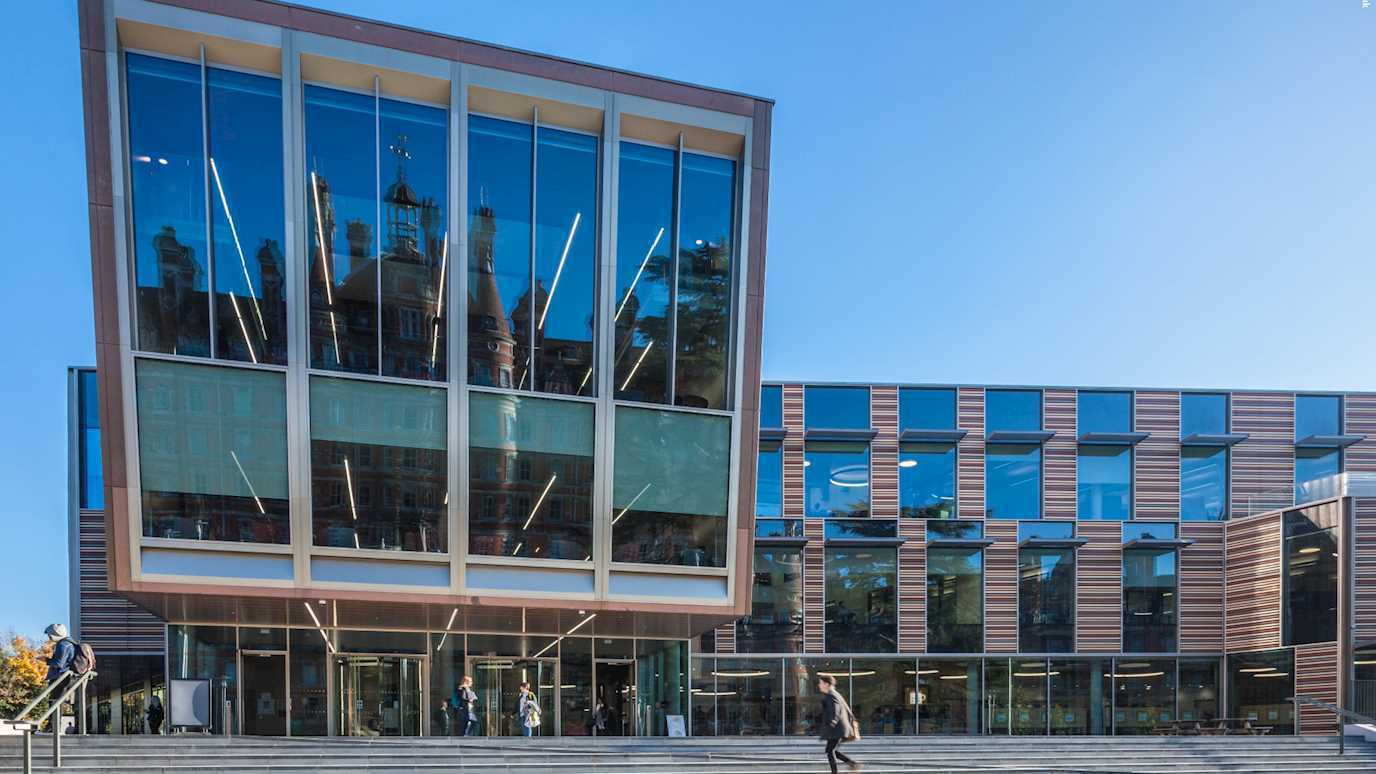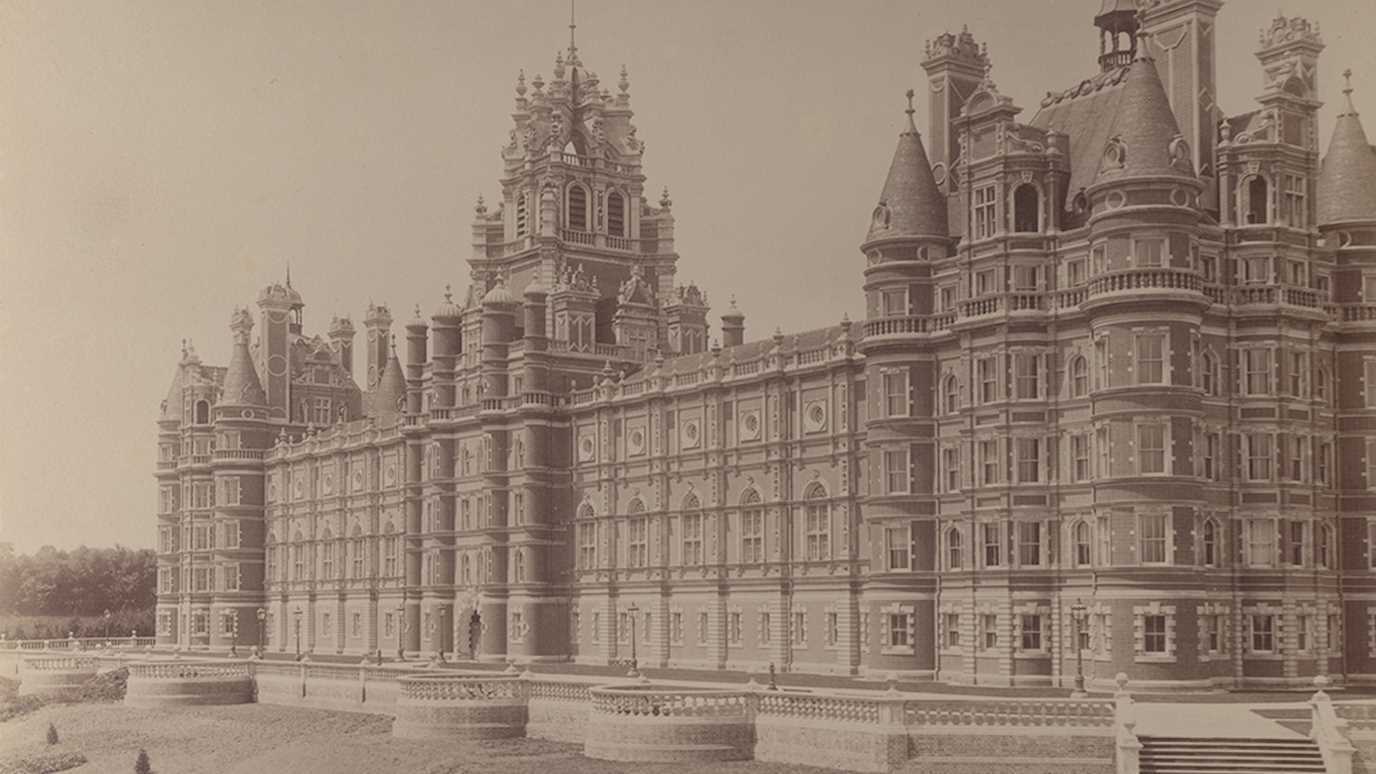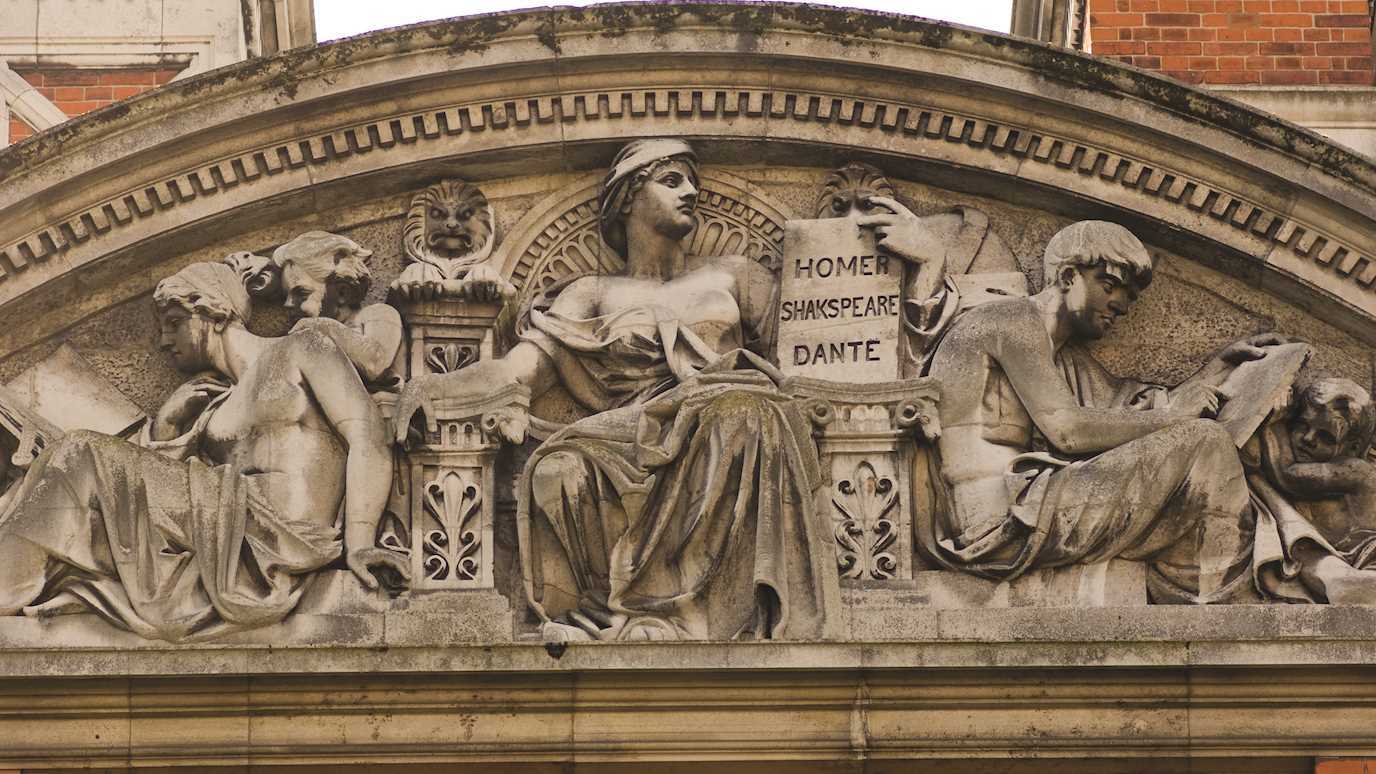Christopher Harvey-Hawes (University of Canterbury, New Zealand)
Strong gravitational lenses are systems in which the gravitational field of an intermediate galaxy or cluster warps the light coming from a distant object around it, producing multiple images, arcs, or rings as seen by an observer. These systems provide an incredible tool for cosmology as they give insights into the structure of the universe, the nature of dark matter and expansion of space.
Over the last couple of decades, an increasing number of strong gravitational lenses have been observed; the current best compilation consisting of 161 systems. The next generation of surveys are posed to vastly increase this to hundreds of thousands of systems, e.g. with Euclid and LSST. Here, I present my attempt to use strong gravitational lensing to establish a preference between the standard Lambda CDM cosmology and timescape – an inhomogeneous cosmology with backreaction. This research then leads into an investigation of alternate lens models and the use of Modified Newtonian Dynamics for spiral galaxy lensing. I will discuss why we should be interested in strong gravitational lenses, their applications in cosmology, and the need to test for viable alternatives to the standard model of cosmology.
